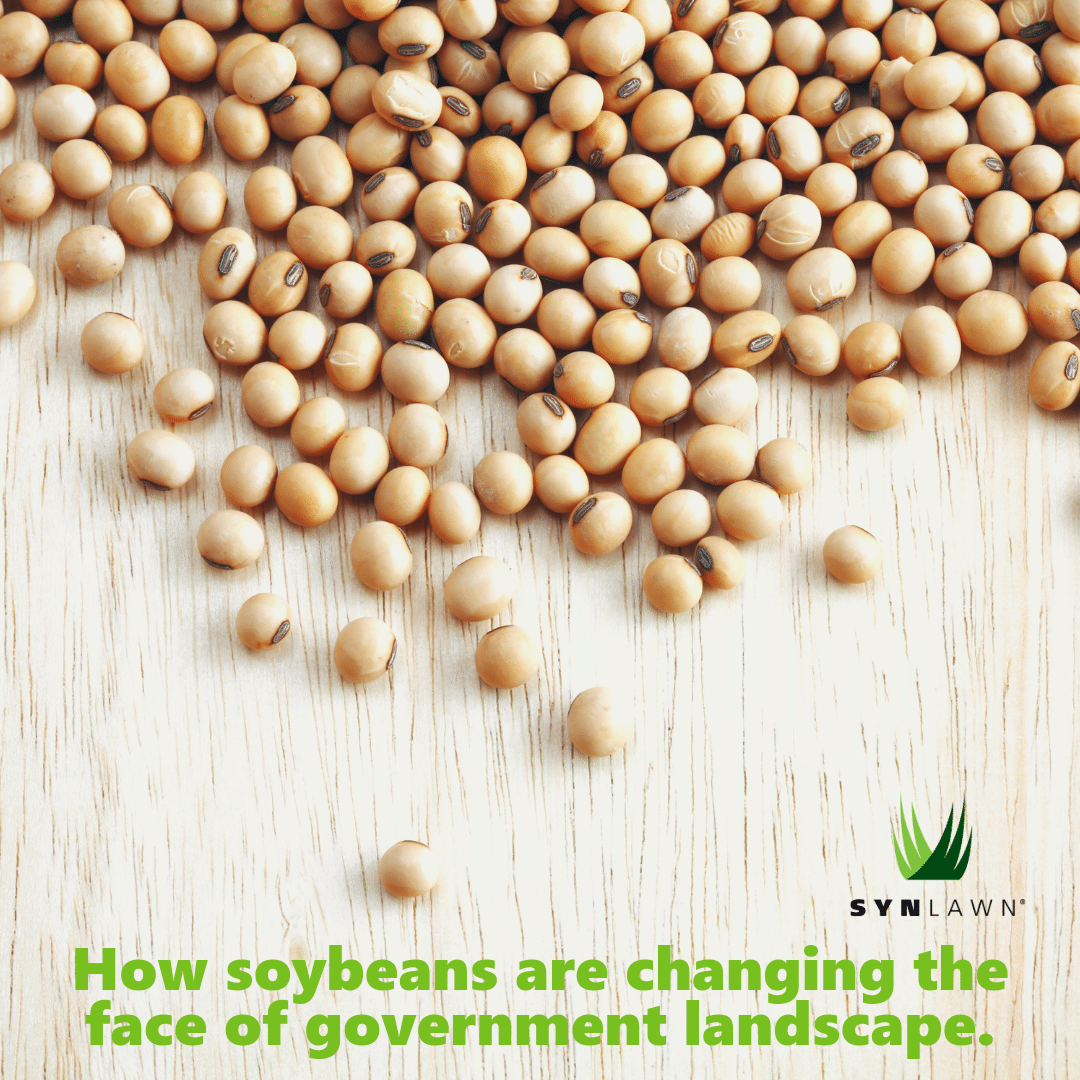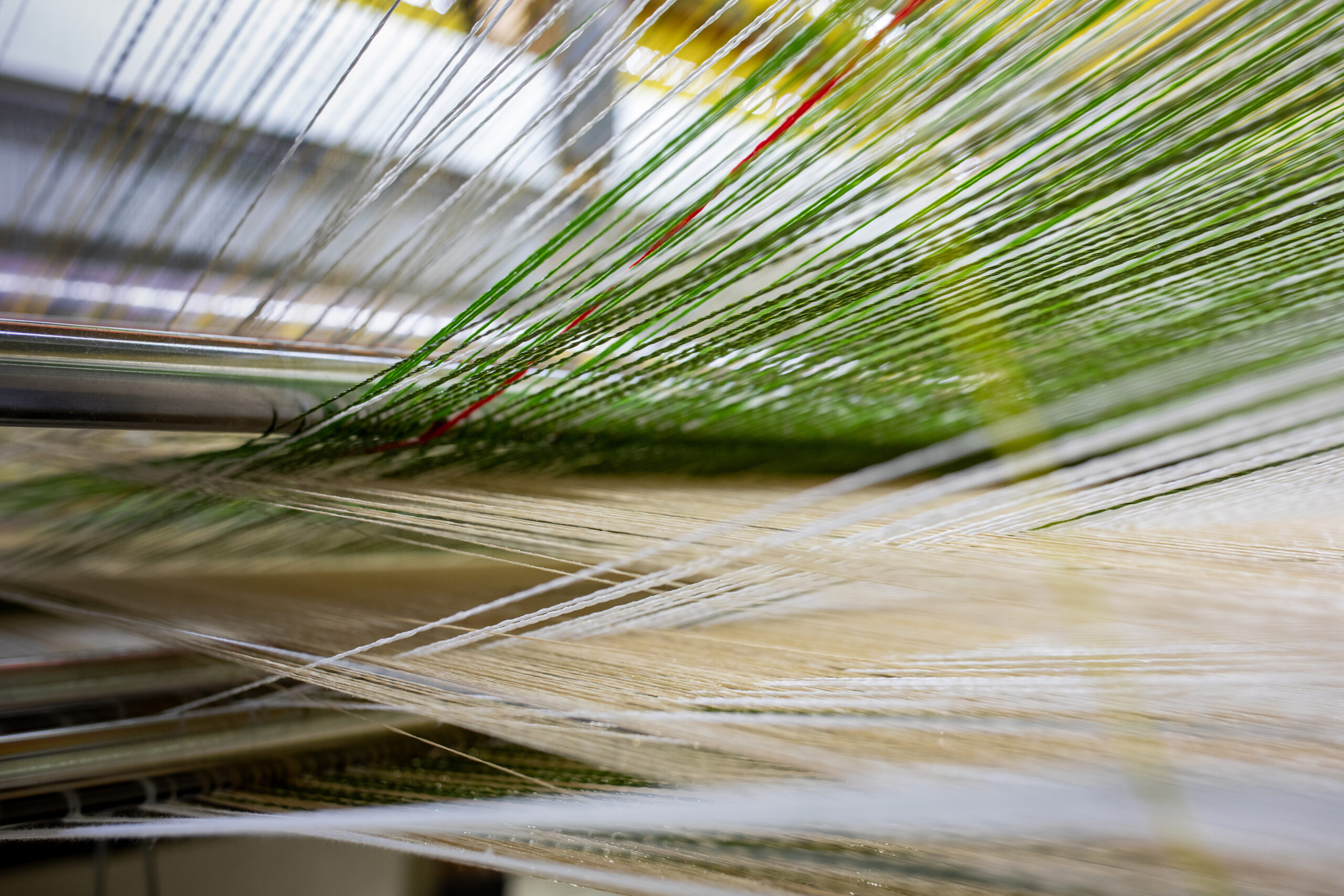
How Soybeans Are Changing the Landscape of Governments
New USDA subsidies greatly support U.S. soybean farmers as worldwide demand for the crop increases. The president of the American Soybean Association, John Heisdorffer, affirms that these new government subsidies will help finance this year’s and next year’s crop.
Why are soybeans grabbing the attention of the government and given special priority for mass production? Let’s take a closer look at soybeans and how they’re changing the landscape of government programs.
Soybeans: A Wonder Crop
Soybeans are small but mighty seeds. They serve as sources of food, alternative fuel, and can even become components in industrial products. Soybean oil, in particular, is gaining popularity as an eco-friendly petroleum alternative that can be used in paints and plastics. There are also new uses for soy-based products being found daily that range from plant-based flip flops in Japan to Bridgestone Tires partly made of soybean oil.
Soybean oil, unlike fossil fuel-based petroleum, comes from a renewable source. After a new crop is harvested, one can process more oil without tapping into a finite source. At the rate in which the worldwide population is consuming fossil fuels, the planet faces significant environmental issues if we continue at this rate. Every bit helps, and finding substitutes for fossil fuel-based products will decrease our country’s dependence on non-sustainable materials.
How Soybeans Are Being Used
While 80 percent of raw soybeans are converted to animal feed and protein-rich foods, the other 20 percent is harvested for its oil. After the oil is refined, it can be used in edible products, biodiesel production, or eco-friendly plastics, cleaners, and paints. Manufacturers that have been historically constrained to use petroleum-based polyols for their products now have the choice to pursue bio-based plastics derived from soybean oil.
Right now, only 7 percent of soybean oil is being used in products outside of the food or energy industry. Therefore, SYNLawn’s artificial turf using EnviroLoc™ Backing System are at the forefront of using petroleum alternatives. Their turf products use soybean oil-based backings that replace up to 60 percent of petroleum-based backings.
Government Usage of Eco-Friendly Artificial Turf
Governments that know the water savings and low-maintenance offered by artificial turf are using it in public places like cemeteries, medians, rooftops, and other places that are expensive or tedious to maintain. They’re also getting on board by incentivizing eco-friendly products.
For example, California’s HERO program finances energy-efficient home improvements. This program rewards homeowners for selecting renewable energy products and methods that conserve water.
The Golden State’s water shortage has long been a cause for concern. Therefore, artificial turf, which spares homeowners an average of 96 gallons of water a day for watering, is also on the list of qualified products. Joining HERO are over 40 municipal governments, which will make energy-saving improvements accessible and affordable to homeowners throughout the state.
SYNLawn is proud to be among the trailblazers that use sustainable materials in their products. With the help of both local and national-level governments, we can create a greener future.










